When we omit to review a project, not only do we miss out on the opportunity to improve our processes, our working patterns and our team behaviour. We also fail to assess if the project was an overall success or failure and whether the benefits have been realised. Many organisations are not able to tell me how many of their projects succeed or fail and for what reason. The first step in helping a team or an organisation improve is to understand where they are currently succeeding and where they are going wrong. Project reviews can help us gather this information and do something about the situation – and they are really easy to carry out.
One way of carrying out a post implementation review (PIR) is to get the team together after the project has been delivered and to first list everything they feel went really well. Then, as a second step, they list all the areas where they feel they can improve. This is not about laying blame but about identifying more effective ways of working. The post implementation review should also answer the question of whether the project was successful and if it delivered what it set out to – including the benefits. When a review is completed, the project manager will typically write up the findings and circulate it to all stakeholders. So yes, post implementation reviews do have merit, but the problem is that organisations often fail to learn from them, as many of the reports are never read after they are produced. In addition, the team only learns the lessons after the project has been delivered..
What would be more effective is to adopt one of the agile methods of reflecting, learning and course correcting as the project is being implemented. Why wait until the end? Why not review the project after each phase or iteration so that the team can learn the lessons, identify actions, adapt and improve straight away? Even if you’re not running an agile project, you can still carry out a retrospective after each major milestone.
I once heard researcher Susan Pritchard speak at ICCPM’s Research and Innovation seminar. She said that we must learn through rapid cycles of action and reflection in the moment and that it’s all about learning in the experience rather than from it. At the same event Tim Banfield, a previous director at the Major Projects Authority, also argued that lessons-learnt papers have limited value. He said that it’s far better to get people to talk and share their experiences across projects by giving them the space and opportunity to learn from each other as the project progresses. He also emphasised the importance of asking people outside the project for input in order to continuously learn and improve.
What is your current situation? Do you review your projects? Do you learn from your mistakes and do you get a chance to course correct in the experience?
If you liked this post, you may also like:
Project Leadership - 20 essential tips
When projects go wrong and it's the worst possible moment
Why do projects continue to fail - and what can we do about it?
Innovative leaders ask powerful what-if questions
Is the Ion Triangle Outdated?

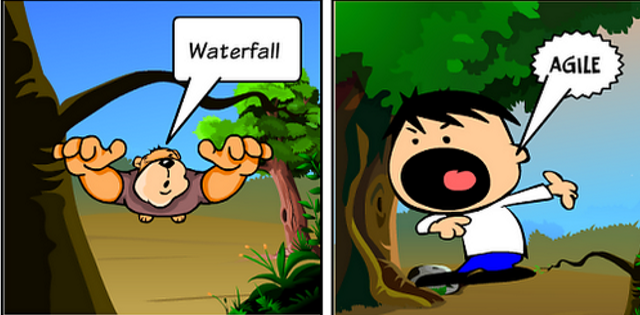

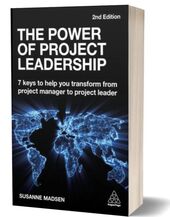
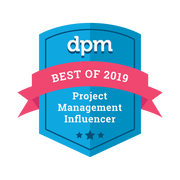
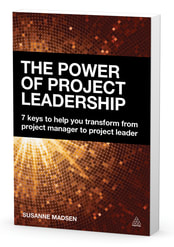
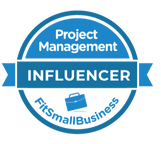



 RSS Feed
RSS Feed